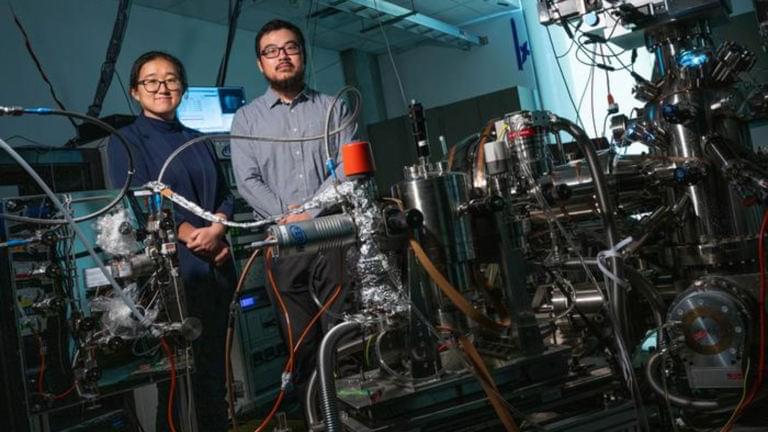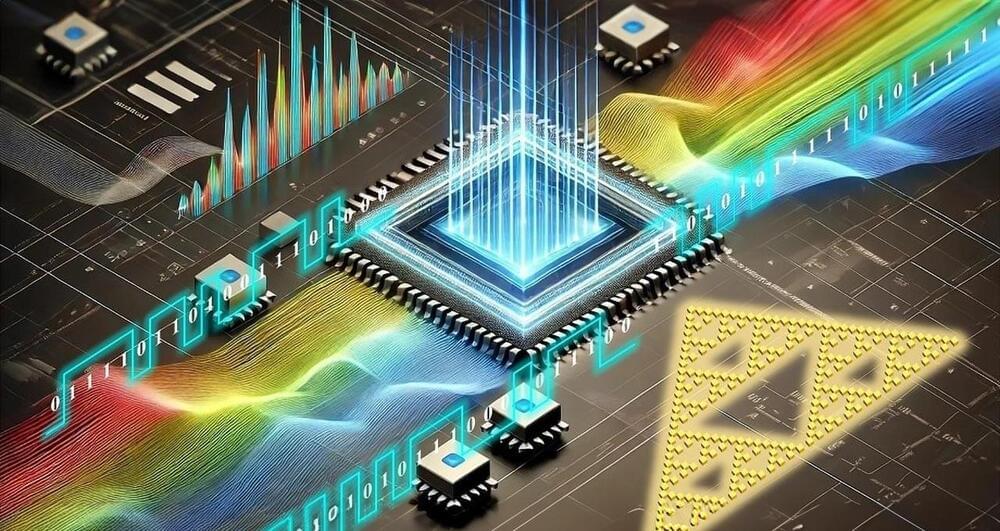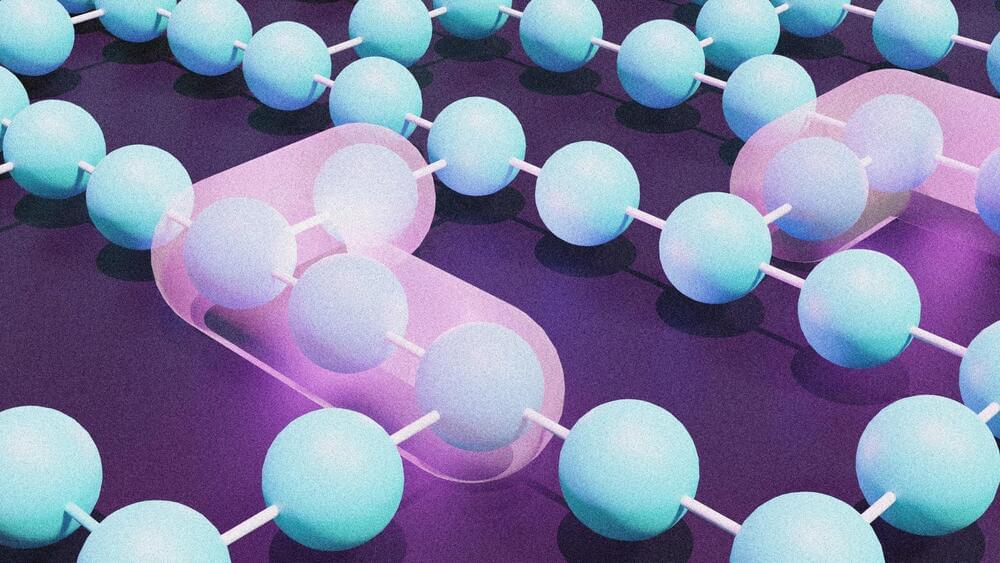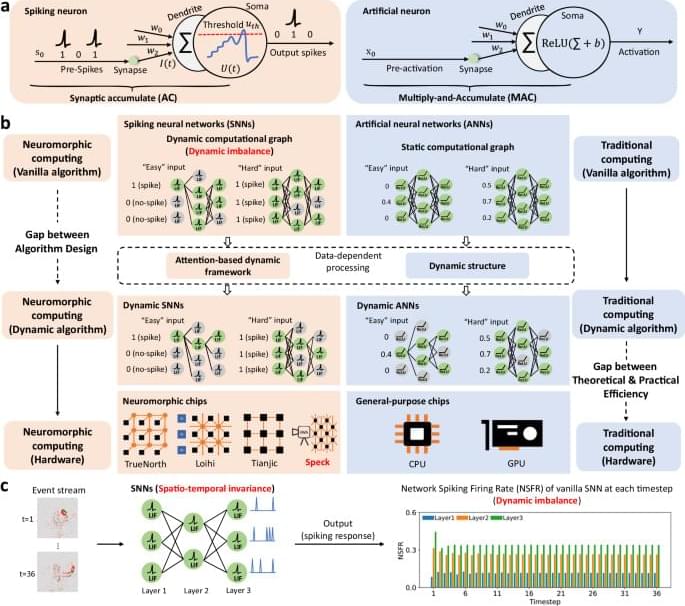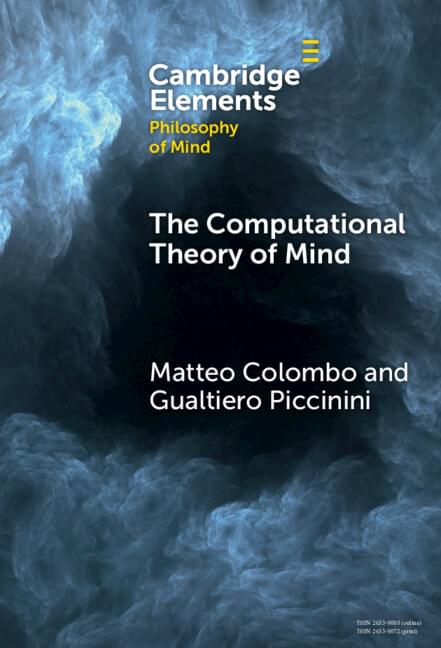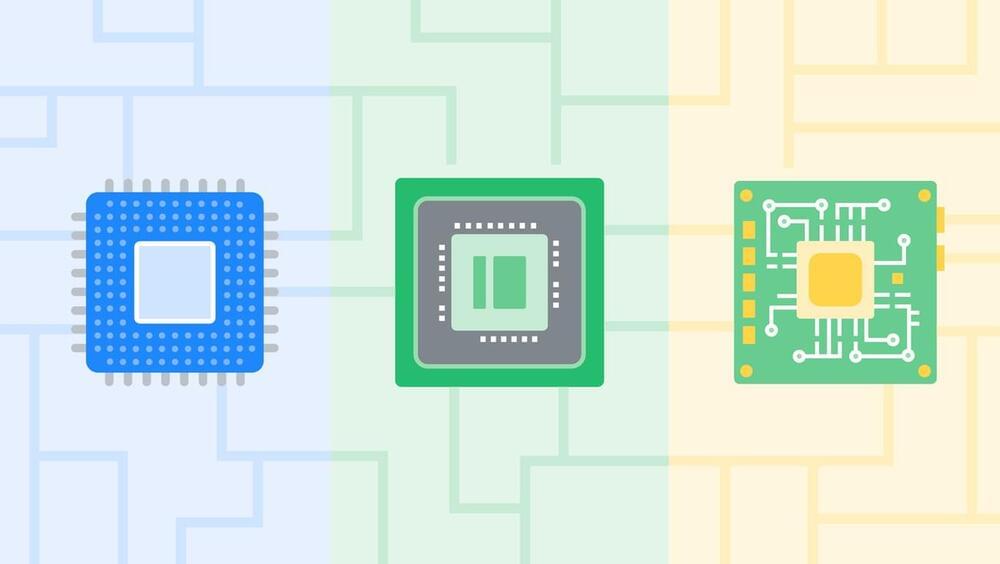Archive for the ‘computing’ category: Page 24
Nov 4, 2024
Quantum Breakthrough Could Propel Superconductors to the Next Level
Posted by Paul Battista in categories: computing, quantum physics
Physicists at Rice University and their collaborators have made a discovery that sheds new light on magnetism and electronic interactions in advanced materials, with the potential to transform technologies like quantum computing and high-temperature superconductors.
Led by Zheng Ren and Ming Yi, the research team’s study on iron-tin (FeSn) thin films reshapes scientific understanding of kagome magnets — materials named after an ancient basket-weaving pattern and structured in a unique, latticelike design that can create unusual magnetic and electronic behaviors due to the quantum destructive interference of the electronic wave function.
The findings, published in Nature Communications, reveal that FeSn’s magnetic properties arise from localized electrons, not the mobile electrons scientists previously thought. This discovery challenges existing theories about magnetism in kagome metals in which itinerant electrons were assumed to drive magnetic behavior. By providing a new perspective on magnetism, the research team’s work could guide the development of materials with tailored properties for advanced tech applications such as quantum computing and superconductors.
Nov 4, 2024
Introducing the new Editor-in-Chief of IEEE Annals of the History of Computing
Posted by Omuterema Akhahenda in category: computing
Hello!
IEEE Annals of the History of Computing’s new Editor-in-Chief Troy Astarte introduces themself and their background.
Nov 3, 2024
Physicists break magnetism rules to boost quantum computers, superconductors
Posted by Genevieve Klien in categories: computing, quantum physics
This complete shell structure results in enhanced stability compared to isotopes with different configurations.
“100 Sn is also the heaviest nucleus comprising protons and neutrons in equal numbers — a feature that enhances the contribution of the short-range proton–neutron pairing interaction and strongly influences its decay via the weak interaction,” CERN researchers remarked in a previous study.
“Understanding the nuclear properties in the vicinity of 100 Sn, which has been suggested to be the heaviest doubly magic nucleus with proton number Z (50) equal to neutron number N (50), has been a long-standing challenge for experimental and theoretical nuclear physics,” said the research team in the study.
Nov 3, 2024
Light Takes Over: Breakthrough Optical Array Revolutionizes Computing
Posted by Jose Ruben Rodriguez Fuentes in categories: computing, innovation
Optical computing aims to replace electricity with light to achieve faster, energy-saving computing.
Researchers have now developed an optical programmable logic array (PLA) that overcomes key hurdles, running advanced logic operations like Conway’s Game of Life. This breakthrough showcases optical computing’s future potential.
For years, researchers have explored ways to use light for computing, seeking faster speeds and reduced energy consumption compared to conventional electronic systems. Optical computing, which relies on light instead of electricity for calculations, offers promising advantages like high parallelism and efficiency. However, implementing complex logic functions with light has been challenging, limiting its practical applications.
Nov 3, 2024
Challenging Quantum Supremacy
Posted by Paul Battista in categories: computing, quantum physics
As the rivalry between quantum and classical computing intensifies, scientists are making unexpected discoveries about quantum systems.
Classical computers outperformed a quantum computer in simulations of a two-dimensional quantum magnet system, showing unexpected confinement phenomena. This discovery by Flatiron Institute researchers redefines the practical limits of quantum computing and enhances understanding of quantum-classical computational boundaries.
Classical computer triumphs over quantum advantage.
Nov 2, 2024
Spike-based dynamic computing with asynchronous sensing-computing neuromorphic chip
Posted by Dan Breeden in categories: computing, neuroscience
Mimicking high-level abstraction of the brain to achieve energy advantages is a fundamental issue in neuromorphic computing. Here, the authors fabricate an asynchronous chip and demonstrate a high-accuracy neuromorphic system with power consumption of 0.7mW.
Nov 2, 2024
The Computational Theory of Mind
Posted by Dan Breeden in categories: computing, internet
To save this element to your Kindle, first ensure [email protected] is added to your Approved Personal Document E-mail List under your Personal Document Settings on the Manage Your Content and Devices page of your Amazon account. Then enter the ‘name’ part of your Kindle email address below. Find out more about saving to your Kindle.
Note you can select to save to either the @free.kindle.com or @kindle.com variations. ‘@free.kindle.com’ emails are free but can only be saved to your device when it is connected to wi-fi. ‘@kindle.com’ emails can be delivered even when you are not connected to wi-fi, but note that service fees apply.
Find out more about the Kindle Personal Document Service.
Nov 2, 2024
Newly discovered quantum object could usher in new era of technology
Posted by Dan Breeden in categories: computing, quantum physics
Once relegated to theory, a newly discovered quantum object could be used to create new devices that will outpace modern electronics.
A new kind of quantum object called orbital angular momentum monopole has been identified that could revolutionize the emerging field of orbitronics, which leverages the rotational quantum states of electrons for next-generation computing devices that are faster, more efficient, and with dramatically lower power consumption.
As a result, orbitronics is seen as a potential successor to traditional electronics, where data is stored, transferred, and manipulated by controlling electric currents within transistors. As transistor sizes approach the atomic scale in order to fit more components onto a single computer ship, there will eventually be a limit where a transistor cannot become any smaller.
Nov 2, 2024
Ask a Techspert: What’s the difference between a CPU, GPU and TPU?
Posted by Cecile G. Tamura in category: computing
Trillium, the sixth generation of our custom-designed chip known as the Tensor Processing Unit, or TPU. But what exactly *is* a TPU, and how is it different from a CPU or GPU? A Google expert explains ↓
Learn more from a Google expert about CPUs, GPUs and TPUs — and Google latest TPU, Trillium.



